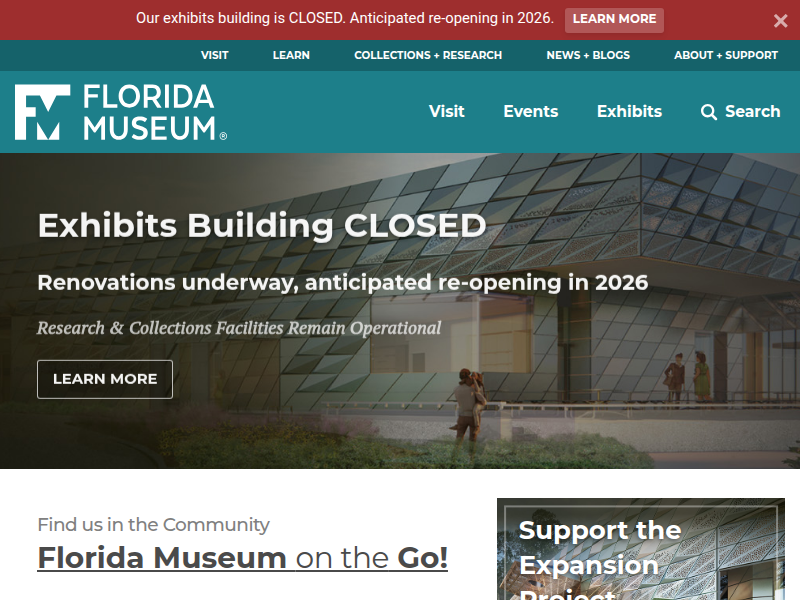Glossary – South Florida Aquatic Environments https://www.floridamuseum.ufl.edu/southflorida/glossary/
AÂ |Â BÂ |Â CÂ |Â DÂ |Â EÂ |Â FÂ |Â GÂ |Â HÂ |Â IÂ |Â JÂ |Â K |Â LÂ |Â MÂ |Â NÂ |Â OÂ |Â PÂ |Â Q |Â RÂ |Â SÂ |Â TÂ |Â UÂ |Â VÂ |Â WÂ |Â XÂ |Â Y |Â Z A ahermatypic -Â non reef-building corals. algae -Â a diverse group of photosynthetic organisms that lack roots, stems, leaves, and vascular tissues. Examples range from unicellular phytoplan
erosion –Â the wearing away of soil, rock, and sediments, etc. by the action of wind

